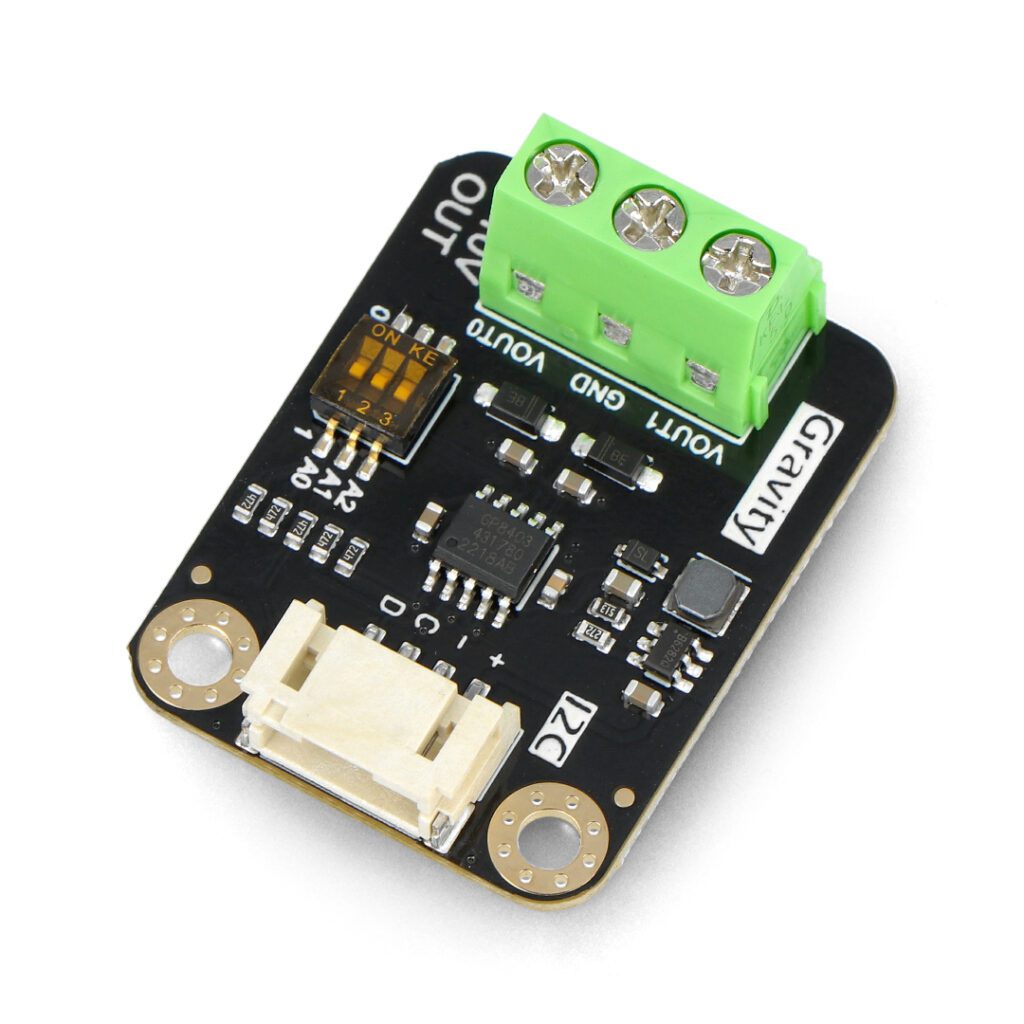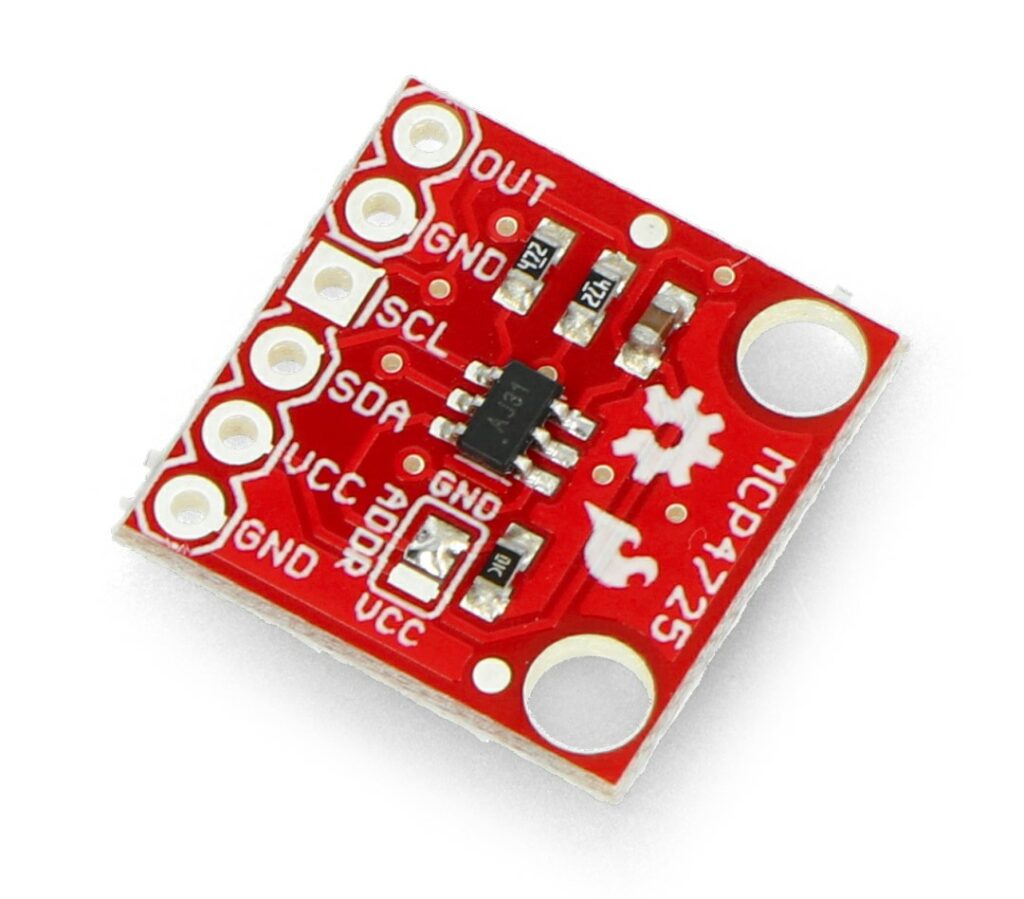Table of Contents:
- 1 Basics of digital-to-analog converter operation
- 2 Application of digital-to-analog converters - examples
- 3 Types of digital-to-analog converters
- 4 Technical parameters of digital-to-analog converters
- 5 History and development of digital-to-analog converters
- 6 Practical tips for choosing a digital-to-analog converter
Wondering how digital devices combine their functions with analog ones? The key to unraveling this puzzle is the digital-to-analog converter. This article will explain to you what exactly it is, what functions it performs and where it is used. Learn about the fascinating world of electronics, which combines the advantages of digital and analog devices.
Basics of digital-to-analog converter operation
A digital-to-analog converter is an indispensable component in many electronic systems. Its main task is to convert digital signals into analog signals, which is an essential process in devices such as televisions, smartphones and computers. But how exactly does a digital-to-analog converter work?
The principle of a digital-to-analog converter is relatively simple. This device receives digital signals, which are representations of information in binary form, and thus consist of a series of 0 and 1 values. The DAC interprets these signals and then generates the corresponding current or voltage. This creates analog signals that can be sent to the next stage in an electronic system, such as a speaker or screen. In short, the role of a DAC is to “translate” digital information into a language that analog devices can understand.
Application of digital-to-analog converters - examples
The digital-to-analog converter, despite its technical nature, is a key component in many everyday devices. Understanding its use helps to better understand how our digital world works.
Below are some examples:
- consumer electronics – virtually every multimedia device, such as a TV or smartphone, uses a digital-to-analog converter. It allows digital audio and video files to be converted into analog signals that can be played on speakers or on a screen;
- industry – many industrial control systems use digital-to-analog converters to translate signals from computers into control signals for machines and equipment;
- music – the DAC is the heart of digital musical instruments, such as synthesizers and digital pianos. It allows sounds recorded in digital form to be reproduced in analog form, understandable to the human ear.
The application of the DAC is therefore extremely broad, further emphasizing its fundamental role in the world of technology.
Types of digital-to-analog converters
In the world of technology, there are many types of digital-to-analog converters that serve a variety of applications. The classification of DACs depends on the conversion method, the amount of data processed at once, the speed of operation or the accuracy of processing. The diversity of these components makes each type of converter perfect for a different area.
The most popular and widely used types of digital-to-analog converter are R-2R converters and current-control target converters, called DACs. The R-2R converter consists of a network of resistors with values equal to twice the previous values, and its main advantage is simplicity of design.
DACs, on the other hand, are based on directing current to the appropriate location depending on the value of the input bit. They are more complicated, but also more accurate and efficient. The different types of DACs are innovative tools that help us understand and effectively use technologies ranging from simple consumer devices to sophisticated industrial systems to musical instruments.
Technical parameters of digital-to-analog converters
Choosing the right DAC is an important element that determines the proper functioning of many devices. In this context, the technical parameters that should be paid attention to in its selection are extremely important. The first of these is the resolution of the converter, expressed in bits. It determines the number of signal levels that the device is able to generate. The higher the resolution, the more accurate and smoother the conversion results.
Another parameter is the sampling rate. It determines how often the converter is able to update its output analog signal. A high sampling rate is the key to reproducing rapid changes in the input signal. No less important is the processing speed, which is the time it takes from receiving a digital signal to generating the corresponding analog signal.
Equally important can be parameters such as harmonic distortion, signal dynamics or jitter (irregularity of sampling moments). By choosing a DAC with the right technical parameters, we can ensure optimal performance of our electronic devices, both at home and at work.
History and development of digital-to-analog converters
The history and development of digital-to-analog converters is a fascinating story about the evolution of technology that continues to change our world. It all started in the 20th century, when the first DAC revolutionized the way information was stored and transmitted. The initial models were simple and limited, but they were already paving the way for numerous innovations.
Over the years, digital-to-analog converters have become increasingly sophisticated. The use of semiconductors and microprocessors has made it possible to create devices with unprecedented precision and speed.
Today’s digital-to-analog converters are the result of years of development and improvement, which is still ongoing. Many are now the basis for cutting-edge technologies such as digital television, mobile telephony and digital music. The future of DACs is equally promising, with trends focusing on optimizing performance, increasing accuracy and reducing the size of these critically important devices.
Practical tips for choosing a digital-to-analog converter
When choosing a digital-to-analog converter, it is worth paying attention to several key aspects that can significantly affect the quality of its performance. First of all, remember to check the resolution of the device – the higher it is, the better conversion results we can expect. Also the sampling speed is of considerable importance – its high value guarantees fast and accurate signal reproduction.
In addition, it is worth inquiring about the processing speed of a particular converter. It determines how efficiently the device translates digital signals into analog signals. Of course, the choice of a DAC should depend primarily on individual needs and the specifics of the devices with which it is to work. Therefore, before buying, it is worthwhile to make a thorough analysis and compare several available models.
How useful was this post?
Click on a star to rate it!
Average rating 0 / 5. Vote count: 0
No votes so far! Be the first to rate this post.





















